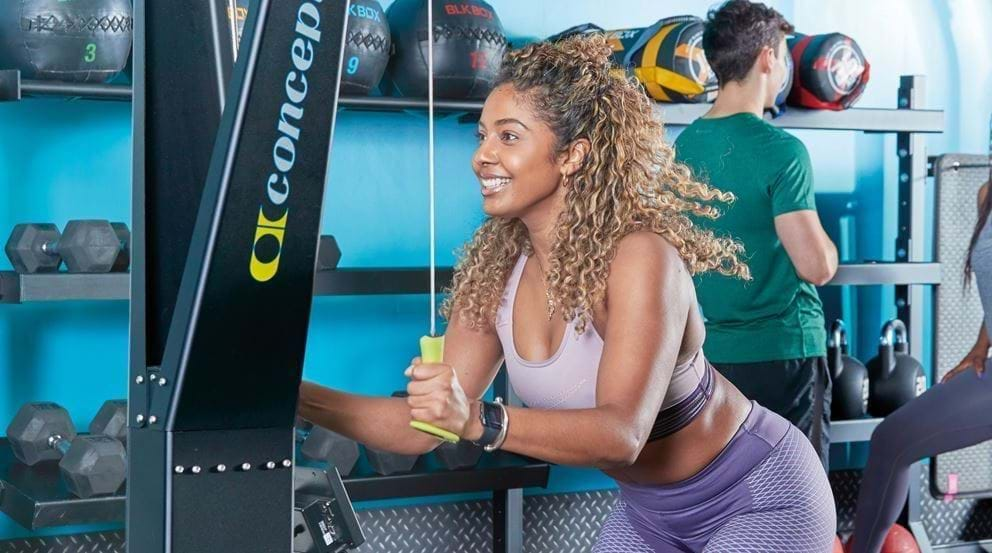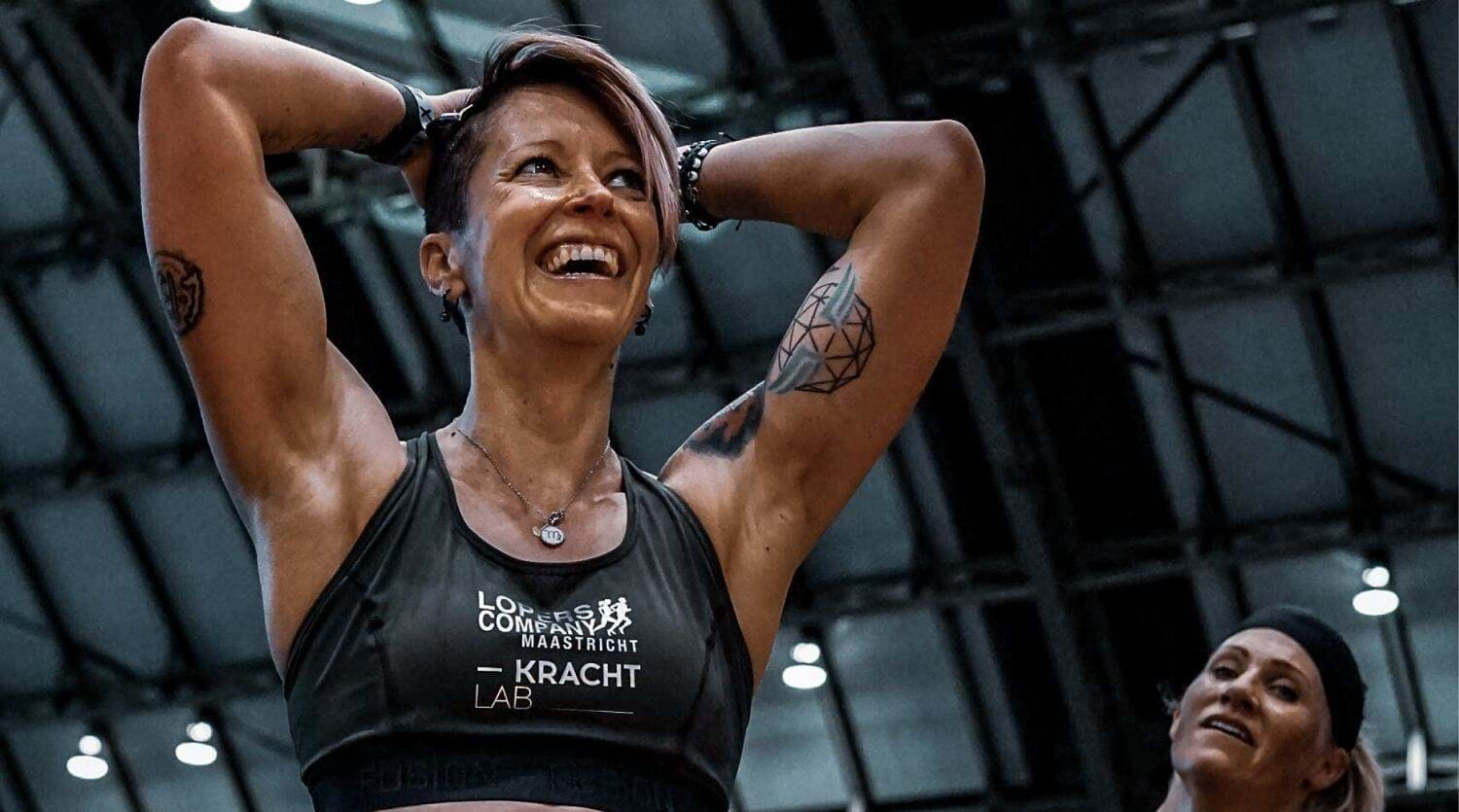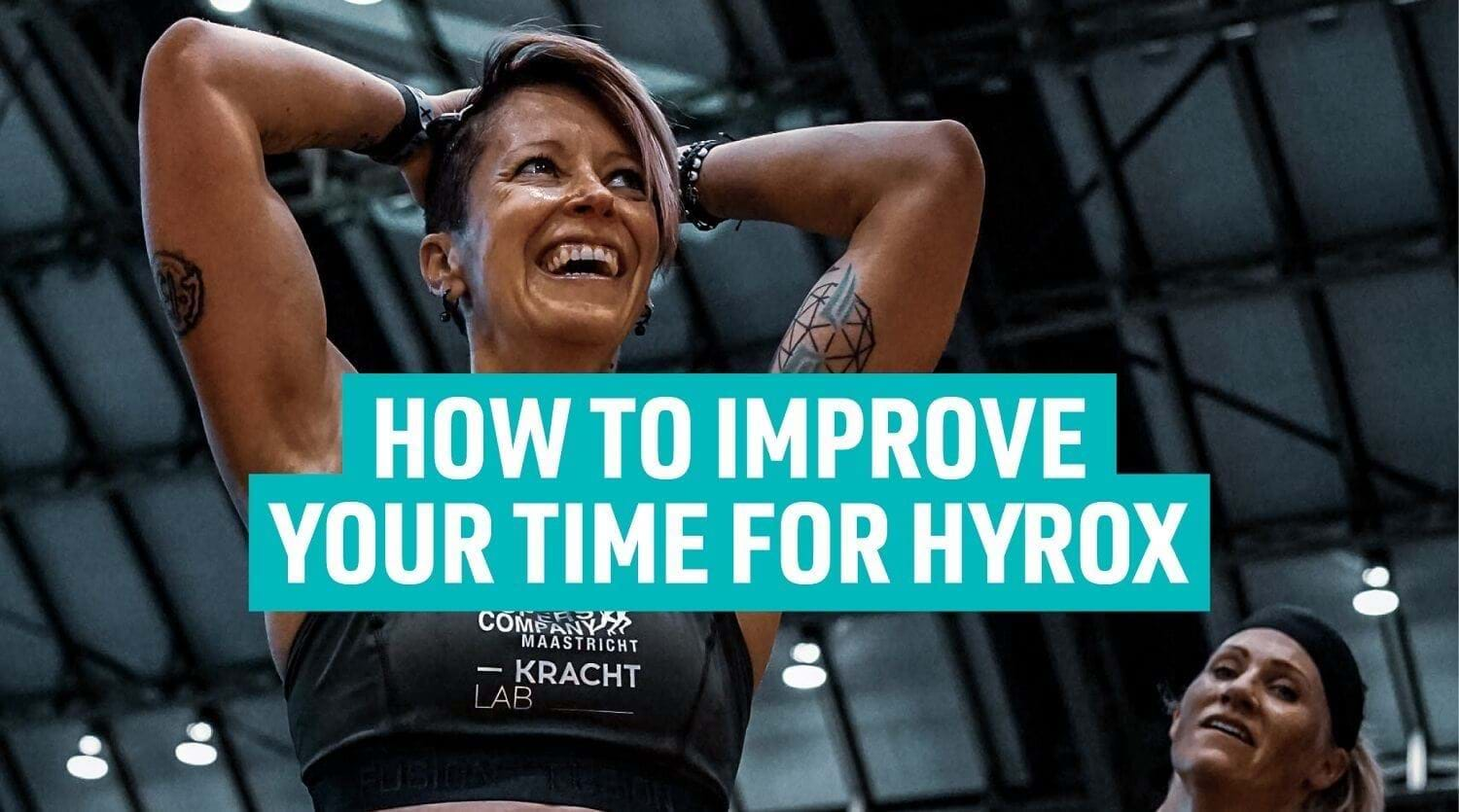HIGH ENERGY-BOOSTING FOODS THAT CAN HELP FUEL YOUR NEXT WORKOUT
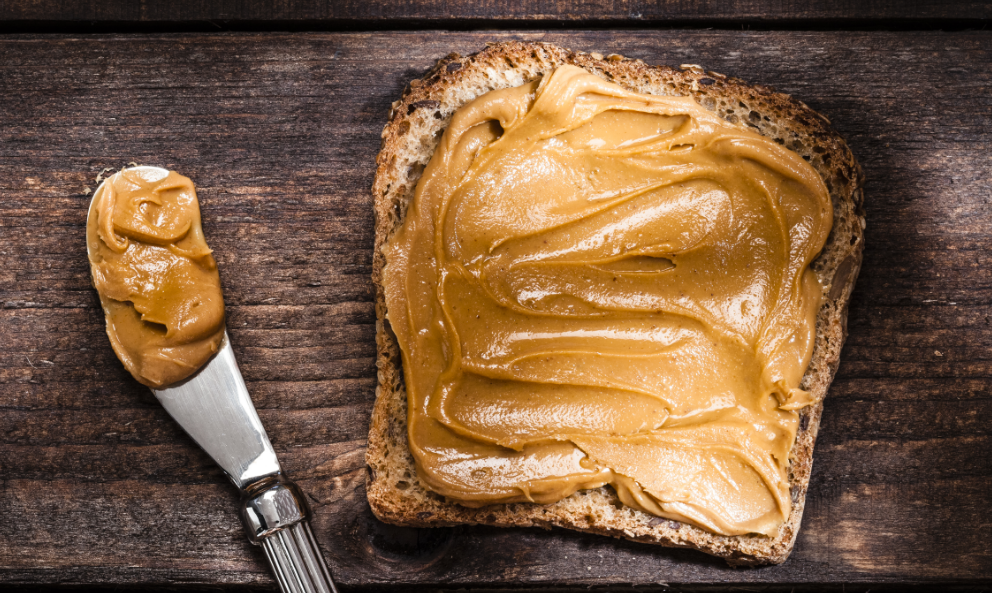
You’ve probably heard the saying ‘food is fuel’, but what does that really mean, and how does it work?
Simply by being alive, our bodies are using energy. Pumping blood around the body, growing new cells, breathing, thinking, all use energy. And then on top of that, we need energy to move, talk, exercise, digest food, and more.
This is one of the reasons why it’s so important not to undereat. Without energy, our bodies can’t function properly.
Making sure you eat enough food, and the right kind, helps your body to work how it should. High energy foods can also be used to fuel your workouts more efficiently, so that you have the energy needed to push through your workouts.
In this blog, we’ll explore how food is turned into energy, whether there are certain foods that give you energy more quickly, and some of the best food for energy.
HOW IS FOOD TURNED INTO ENERGY?
Everything you eat can be used by your body, but first it needs to be broken down into a usable form. Chewing, along with enzymes in your saliva, helps to break down food into smaller molecules. These are then further broken down by acids and enzymes in the stomach and small intestine. The process for this looks different for different food groups:
Carbohydrates
Carbohydrates are the quickest to break down in the digestive system. They’re broken down into glucose, which is released from the small intestine into the bloodstream. From here, mitochondria in the cells in our bodies can convert glucose into ATP (energy) for fuel. If there is excess glucose, insulin can convert the glucose into glycogen to be stored in the liver and muscles. When blood glucose levels fall, this glycogen can be turned back into glucose and released for energy.
Protein
Protein molecules take longer than carbs to break down, but less time than fat. They’re first broken down into small chains of amino acids in the stomach. As they move through the small intestine, these chains are broken down further into individual amino acids and released into the bloodstream.
While these amino acids can be converted into glucose, the body prefers to use them to repair tissue and build muscle and will only convert to energy if there are more amino acids than the body needs, or a lack of glucose available to use. Excess amino acids can also be converted into fat and stored in the body.
Fat
Unlike protein and carbohydrates, fats cannot be converted into glucose. Instead, they are broken down into fatty acids by the digestive system, which can take up to six hours (much longer than carbs and protein). These fatty acids can be stored in the fat cells or converted directly into ATP if glucose isn’t available in the body.
WHAT FOODS GIVE MORE ENERGY?
Gram for gram, fats provide the most energy at 9 calories, while protein and carbohydrates both provide 4 calories per gram. However, carbohydrates are digested quicker and can be converted into energy quicker than fats and protein and are the body’s preferred energy source.
All foods help contribute towards your energy levels, but when and what you eat can determine how you feel in the short and long-term.
Eating a chocolate bar will give you energy quickly, but it will likely be followed by a sugar crash, so it’s not a great option if you want energy throughout the day. On the other hand, eating a fat-heavy meal will keep you full for longer, but you might feel sluggish in the short-term.
Pairing complex carbs (carbs that have fiber and other nutrients that help to slow digestion) with protein and fats is the best way to ensure you have consistent energy levels throughout the day. This is because the protein, fiber, and fats help to slow down the release of glucose, ensuring there’s a steady stream of energy available without causing spikes in blood sugar.
Food isn’t the only thing that can boost energy. Learn how exercise can help to improve your energy levels here.
ENERGY-BOOSTING FOODS FOR WORKOUTS
Eating balanced meals and snacks throughout the day will help to keep your energy levels consistent from morning to night. If you’re looking for an extra burst of energy to help power your workouts, food can also help with this!
Tailoring your pre-workout meals and snacks is a great way to make sure you have enough energy available to get you through your training program. We already know from above that carbohydrates are key for readily available energy, but where do protein and fats fit in?
###What you eat will depend on how long it is before your workout:
4+ hours
If it’s going to be 4 or more hours before your workout, you want to get a good portion of complex carbs and protein, and a little bit of fat. This will help to ensure you still have glucose available to use for energy but won’t be feeling full. Examples of balanced meals include:
- Chicken with sweet potato and veg roasted in oil
- Lean ground-beef burgers with homemade chips and salad
- Ground turkey spaghetti sauce with wholewheat pasta
Check out our healthy recipes for more balanced meals and how to make them. Experiment with how long it takes you to digest your meals so you can tailor your portion sizes accordingly.
2-3 hours
The focus here should be mostly on complex carbs, with a little protein. Keep portion sizes modest, as you don’t want to still be digesting or full when exercising.
- Egg on toast
- Fruit and Greek yogurt
- Porridge with fruit
1-2 hours
This close to a workout, keep it simple and carbohydrate only. Anything that takes longer to digest will still be in your stomach which can cause nausea.
- Fruit
- Toast with honey
- Cereal with low fat milk
0-1 hours
Ideally, leave at least 30 minutes between eating and working out as the energy won’t be available otherwise! Simple carbs are the quickest to digest, so stick to things like:
- High sugar fruits
- Coconut water
- Toast with honey
- Sports gels
- Sport water
- Sweets
If you are exercising for long periods of time (for example, during longer runs with marathon training), you will benefit from consuming energy during the exercise to top up your glucose levels.
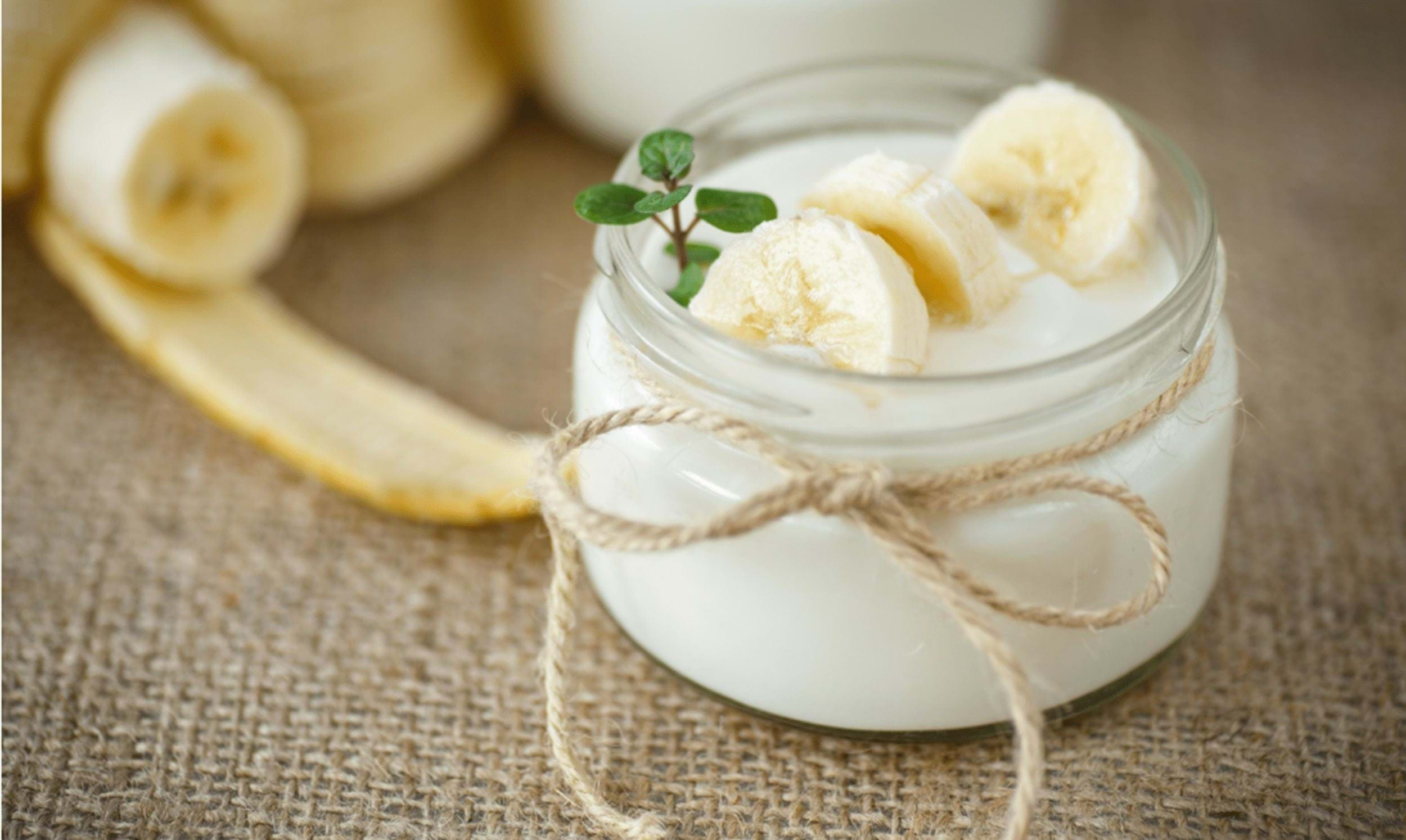 All blog posts
All blog posts